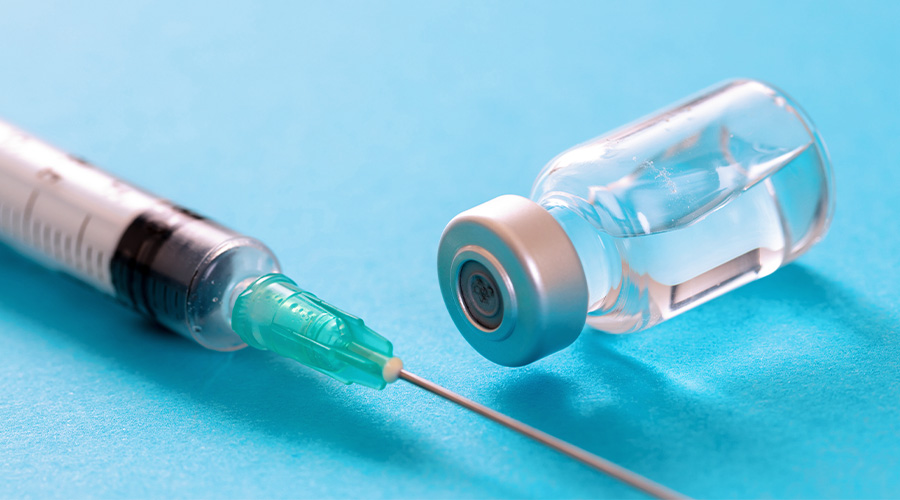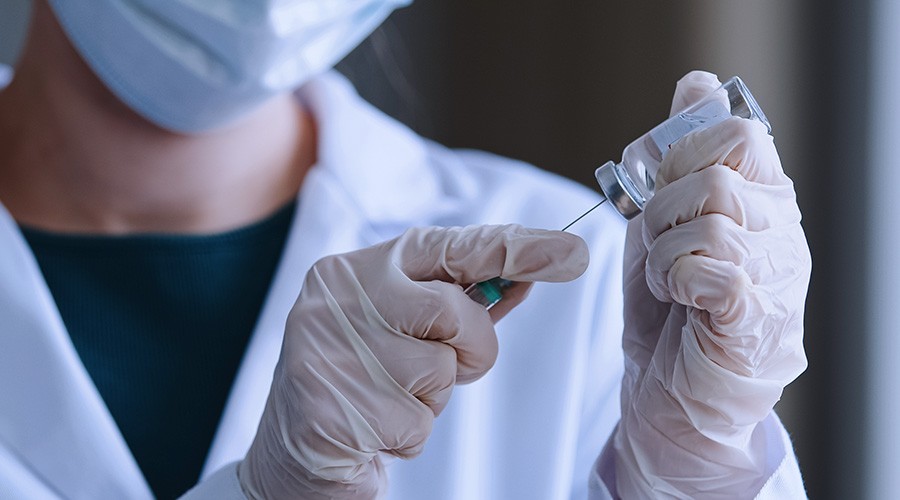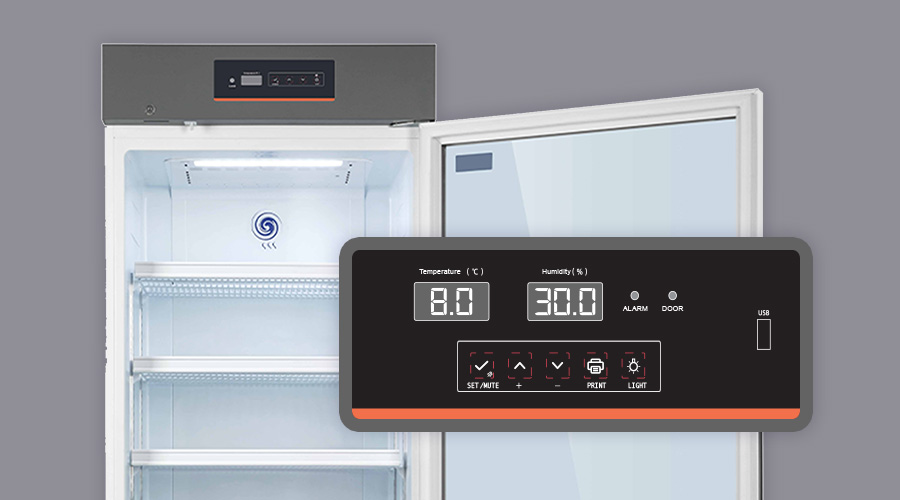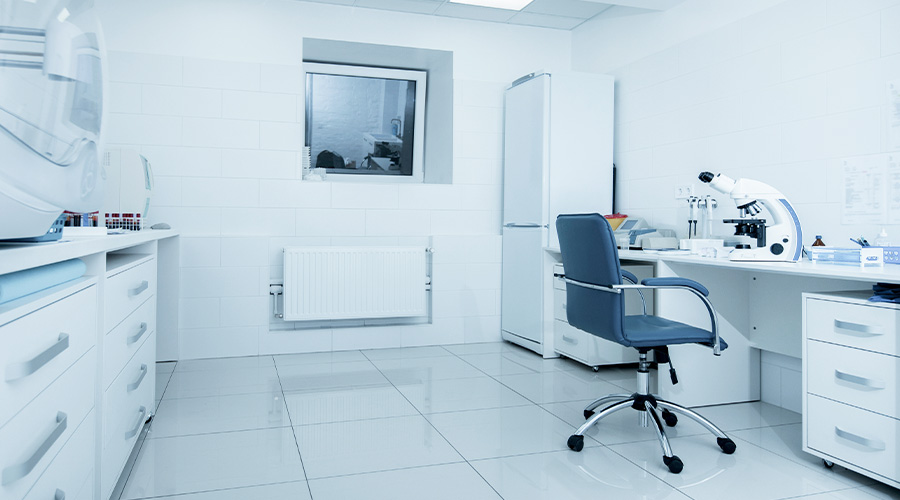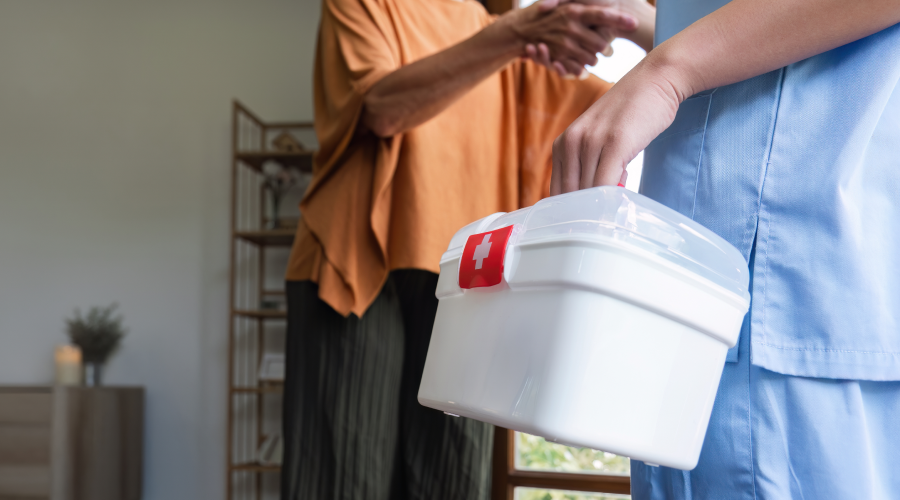Botulinum Toxin (Botox) is a muscle relaxant commonly used for smoothening wrinkles and muscular therapies, such as treating migraines and temporomandibular joint disorder. Botox is a temperature-sensitive cosmetic injectable that must be stored in a medical fridge. Once it is reconstituted it is important to understand how long it can be stored to remain efficient. According to the manufacturers, Botox should be used within five hours after reconstitution. However, unused reconstituted Botox can remain in the fridge for up to four weeks without losing potency. In this article we will explain what reconstituted Botox is, the factors that affect the shelf life of Botox, how long it can be stored before and after reconstitution, and safe storage procedures.
What is Reconstituted Botox?
Reconstitution is the process of adding a liquid to a dry ingredient to make a liquid. When Botox is reconstituted the Botox powder is mixed with a liquid solution for injection.
How is Botox Reconstituted?
To reconstitute Botox, you will need a reconstituting syringe (3ml), preserved saline, and a vial of botulinum toxin (100 units).
- Insert the reconstituting syringe into the vial of preserved saline and draw out 1ml.
- Remove the needle and insert it into the vial of botulinum toxin. Let the vacuum draw the saline into the vial.
- Remove the needle from the vial.
- Gently shake the vial to mix the dry Botox powder and saline solution.
- Store in a medical-grade fridge until ready to be administered.
Does Botox Need Refrigeration?
Botox is temperature sensitive and needs to be refrigerated in a specific temperature range between 2°C and 8°C. The powdered form in vacuum sealed vials must be refrigerated and can last up to 24 months for the 200 unit vial and up to 36 months for the 100 unit vial. However, Botox manufacturers have said that the non-reconstituted form of Botox can remain stable for up to five days at room temperature. The reconstituted liquid form of Botox must be refrigerated and can last up to four weeks as long as it is in a dedicated medical fridge in the correct storage conditions.
Cosmetic injectable refrigerators are purpose built to store injectables at the specific temperature range required. These mini fridges are ideal for cosmetic clinics and are available in 50 litre and 150 litre sizes. To keep Botox safe and effective, it is important that the medical fridge is not filled to more than 75 per cent capacity as too many items can cause the temperature to fluctuate. Boxes and bottles should be kept away from the walls of the fridge as this area can be colder, and make sure the vials are kept in their boxes to avoid exposure to sunlight. It is important that the temperature is monitored on a regular basis to ensure it stays within the ideal parameters, and arrange the Botox vials by date so you know which ones to use first.
Factors Affecting Botox After Reconstitution
While there is an average time that Botox can be stored after reconstitution, several factors can contribute to its potency and shelf life. These include:
- Storage temperature and environment: As Botox is a temperature sensitive product, it must be stored within strict temperature guidelines in a medical fridge. Any deviation from this storage temperature and environment will affect its shelf life. Reconstituted Botox will not last longer than four hours out of the fridge, while the powdered non-reconstituted form of Botox will not be effective after five days at room temperature.
- Reconstitution liquid: The type of liquid used for reconstitution can affect the shelf life of Botox. If you use a sterile diluent with a pH within the recommended range, the Botox will have the longest possible potency. It is important to make sure the diluent is not impure as bacteria can render the Botox harmful or ineffective. The pH must be at the recommended level otherwise the Botox will lose its potency.
- Age of Botox product: As with any medical product, Botox has an expiry date which indicates when it is no longer effective. As a rule, Botox will last for about 2 years but the expiration date will be on the package. As the Botox ages, it will become less potent so fresh Botox will provide the best results.
- Dosage of Botox: The dosage and concentration of Botox can affect its longevity. If you have a highly concentrated vial of Botox in the fridge it will last longer than a lower concentrated solution.
- Administration and handling: How the Botox is handled will affect its potency. It is vital to follow all the instructions given by the manufacturer in relation to storage, reconstitution and the administration of the product. If the Botox is mishandled or improperly administered it will impact the effectiveness and possibly cause negative side effects.
How to Extend The Life of Botox After Reconstitution
Once Botox is diluted it starts to lose potency but there are ways to extend its longevity.
- Medical refrigeration: To extend the life of Botox after reconstitution it is essential that it is kept in a medical fridge. As a temperature sensitive medication it cannot be stored in a normal fridge as it will lose its potency. Medical fridges are essential for prolonging the life expectancy of medications like Botox as they adhere to strict temperature guidelines of between 2°C and 8°C, set out by the National Vaccine Storage guidelines. Dedicated medical fridges are designed with sophisticated features and technology to ensure uninterrupted temperature control for safe storage and medication longevity.
- Using the best diluents: The type of diluent will have an effect on Botox longevity. It is important to use only sterile, preservative-free saline solutions when reconstituting Botox as this high-quality diluent will contribute towards a longer shelf life. If you use tap water or other diluents with chemicals or preservatives, the quality of the Botox, and therefore its continued potency, will be compromised.
- Professional staff: Botox should only be administered and prepared by professional staff with training and expertise. If the product is not prepared or administered properly, it will lessen the likelihood of an extended shelf life.
- Correct labelling and tracking: By labelling and tracking the reconstituted Botox with the correct date, time and diluent used for reconstitution, you will ensure its longevity and safety. It is imperative that a record is kept of the Botox used, with the date and the location of the injection.
Botox is a temperature sensitive medical product that must be stored in a purpose built medical fridge to ensure potency and efficacy. Once reconstituted it can be refrigerated for up to four weeks or used within five hours if out of the fridge. In this article we have explained what reconstituted Botox is, how long it can be stored and where it needs to be stored to ensure its efficacy.

